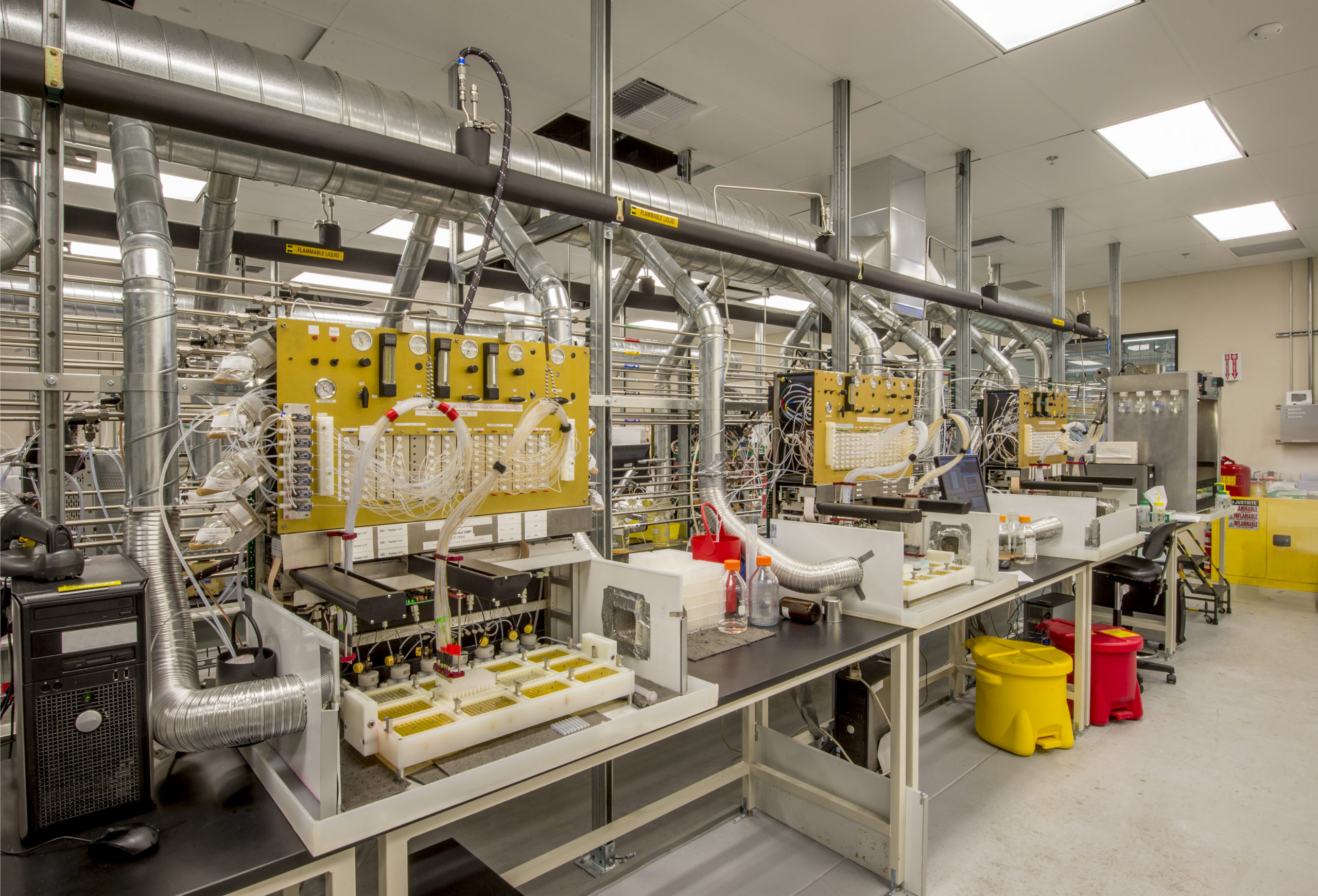As global economies prepare to embrace the Fourth Industrial Revolution, the role of biotechnology is quickly becoming the vanguard of innovation. One such promising area is biomanufacturing, a rapidly growing sector that leverages biological systems to create life-saving therapeutics, sustainable chemicals and cutting-edge materials. On the forefront of this trend is Australia, which is quickly transitioning from a resource-dependent economy to a flourishing knowledge-based bio-economy.
Historically, Australia has not been widely recognised for its biotechnology prowess. However over the past decade, it has emerged as a global contender in the biomanufacturing landscape, owing largely to a synergistic mix of research excellence, governmental support, and strategic alliances.
Research excellence remains at the heart of Australia’s biomanufacturing surge. Its universities and research institutions, already reputed for their scientific achievements, have actively bolstered their life science and bioengineering departments, fostering an environment conducive to groundbreaking innovation. Australian scientists have been involved in landmarked projects, such as the development of advanced biologics and novel bioprocessing technologies. These developments have caught the eye of global life science companies, paving the way for strategic partnerships and fostering technology transfer.
Policy initiatives have also played a critical role in Australia’s biomanufacturing ascendency. The government has taken proactive steps to cultivate a favourable ecosystem for biomanufacturing companies. Investments in research and development, the introduction of advantageous tax incentives for biotech firms, and increased funding for skills development have significantly stimulated industry growth. The Biomedical Translation Fund, a public-private partnership providing venture capital for biomedical innovation, stands as a shining example of such strategic initiatives.
Australia’s geographical location offers a unique advance, bridging the gap between the East and the West. This strategic position, coupled with a robust regulatory environment aligning with international standards, has attracted major multinational corporations to set up biomanufacturing units in the country. Furthermore, proximity to the fast-growing Asian markets, particularly China and India, augments Australia’s allure as a biomanufacturing hub.
Despite the rapid strides in biomanufacturing, challenges lie ahead for Australia. Building a world-class workforce with the requisite skills in bioengineering, bioinformatics, and biomanufacturing is paramount. There is also a pressing need for a more extensive biomanufacturing infrastructure to accomodate the sector’s growth and maintain competitiveness. Additionally, ethical, safety and environmental issues associated with biotechnology require careful regulatory attention.
Looking ahead, it is clear that the rise of biomanufacturing is set to transform Australia’s economic and scientific landscape. With the country’s wealth of research talent, supportive government initiatives, strategic partnerships, and a pivotal geographical location, Australia’s biomanufacturing sector promises to deliver impactful contributions to global health and sustainability. However, Australia’s trajectory in biomanufacturing also serves as a case study for other countries, demonstrating the importance of investing in biotechnology as a pathway towards a sustainable future in the Fourth Industrial Revolution.
Australia’s ascendency in biomanufacturing signifies a new darn in life science innovation. The burgeoning biotech sector offers an exciting peek into a future where the convergence of biology and engineering can deliver solutions to some of humanity’s most pressing challenges. With continued commitment and strategic foresight, Australia’s biomanufacturing sector is well-positioned to shape the bio-economy of the future.
